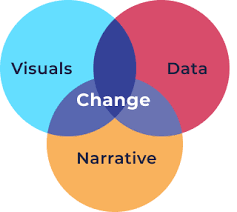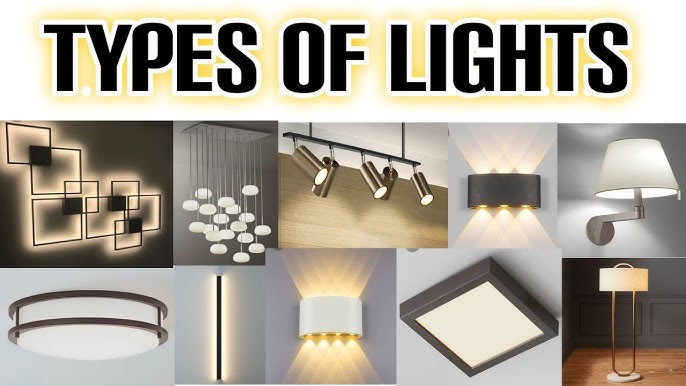Storytelling isn’t just a form of entertainment; it’s a fundamental human tool for communication, connection, and persuasion. Effective storytelling can:
- Capture Attention: A well-crafted story grabs your audience’s attention and holds it captive until the very end.
- Evoke Emotion: Stories have the power to make us laugh, cry, feel suspense, or spark inspiration.
- Convey Information: Complex ideas can be made more relatable and memorable when presented within a narrative framework.
- Build Relationships: Stories create a sense of connection between storyteller and audience, fostering trust and understanding.

Unveiling the Elements: Building Blocks of Captivating Storytelling
Every great story is built upon a strong foundation. Here are some key elements to consider when crafting your narrative:
- Compelling Characters: Create characters that your audience can relate to, root for, or be invested in their journey.
- Engaging Plot: Develop a plot with a clear structure, rising tension, and a satisfying resolution.
- Vivid Setting: Immerse your reader in the world of your story through rich descriptions of the setting and atmosphere.
- Compelling Conflict: Conflict is the engine that drives a story forward. Give your characters challenges to overcome and obstacles to face.
- Mesmerizing Voice: Develop a distinct voice and writing style that reflects your story’s tone and resonates with your audience.
From Blueprint to Brilliance: Techniques to Craft Captivating Narratives
Now that we understand the foundational elements, let’s explore specific techniques to bring your story to life:
- Hook ‘Em From the Start: Grab your reader’s attention with a captivating opening sentence or paragraph that sets the stage for the story to come.
- Show, Don’t Tell: Instead of simply stating facts, use vivid descriptions and sensory details to allow your reader to experience the story alongside your characters.
- Embrace Dialogue: Well-written dialogue can reveal character personalities, advance the plot, and create a sense of immediacy.
- Raise the Stakes: As your story progresses, increase the tension and raise the stakes for your characters to keep your audience engaged.
- Leave Them Wanting More: End your story in a way that is satisfying yet leaves the reader with a lingering thought or question.

The Art of Storytelling: A Journey of Practice and Refinement
Mastering the art of storytelling is a continuous process. Experiment with different techniques, read widely, and don’t be afraid to revise and refine your work. With dedication and practice, you can craft narratives that resonate with your audience and leave a lasting impact.
So, unleash your inner storyteller, embrace the power of narrative, and embark on a journey to craft captivating stories that will transport, inspire, and leave your readers wanting more.
Story-telling after Opt-In
The whole point of a squeeze page is to; of course, get people to opt-in to your list. They are giving you permission to send them emails. They are giving you permission to continue communicating with them after they have visited your website; pretty straightforward and simple. This is where effective story-telling really makes a big impact. You might think that your job is done once you get people on your list. If you think this way, you are thinking precisely like 99.9% of other email marketers. In short, you are thinking like an email marketing failure.
Most of these people don’t make any money with their mailing list because this is how they think.Your job actually just begins when people sign up to your list. This is just the beginning of the battle. The real heavy lifting -and the moment of truth -is based on what takes place after people sign up to your list. Keep the following information in mind, so you can craft a meaningful post-opt-in experience for your list members.
Again, we are going to be using effective storytelling to highlight value, and develop a sense of emotional urgency that can lead people to do what you want them to do. Obviously, you want people to buy stuff, fill out a CPA form, or click on a paid ad. Regardless of the specifics of what you want your list members to do, you must not forget to use effective story-telling. This increases the likelihood that they will engage in the kind of behavior that you get paid for.
Use Headlines That Quickly Communicate a Solved Problem
All products solve a range of problems. There wouldn’t be any point in promoting these products if they don’t solve problems. In fact, they wouldn’t be on the market if they couldn’t solve at least one problem. With this in mind, be clear as to the Number One problem typical buyers of the product you’re pushing have. Communicate the problem in a short one line sentence. Now, keep working on reducing the number of the words in the sentence. Next, use emotional wording for the short sentence. Finally, phrase the sentence in such a way that you solved the problem.
For example, instead of saying ‘This great food supplement helped me get the energy I needed to boost my energy levels to lose fat and lose weight”. Use something shorter, more emotionally packed, and phrased into a resolved problem. Use something like “I finally burned my belly fat off with this WEIRD solution.” See what I did there? I am the protagonist so there is a direct emotional connection. I used the word ‘finally.’ This isn’t a small detail. It shows I tried other solutions in the past and they didn’t work. Next, I identified the problem early on. This way, I filter off list members who may not be interested in belly fat burning solutions.
Finally, I used ‘WEIRD solution’ to appeal to the reader’s sense of curiosity. Put together the headline pushes the right emotional buttons enough to encourage the reader to click. The more you get the reader to click your email headlines, the higher the chance you’ll make money. If they don’t even bother to click your headlines, they won’t read your emails and you won’t make any money. It’s that simple. Keep it that way by focusing on writing effective story-driven headlines.
The Body of Your Email Must Quickly Draw the Reader into the Problem
The first thing your reader should get after they click on your email subject title or headline is a quick summation of the problem. Your first sentence must sum up the problem. You have to make a quick emotional impact to draw the reader in.Next, lead the reader to a crisis. Obviously, if they are still reading at this point of the email, they have the problem you’re addressing. Don’t goon and on about the problem. They already know. Get to the meat! Build up the crisis and quickly mention failed solutions. Don’t mention the competition’s name.
Instead, focus on the main factor your product has and keep hammering how those other products fail because they don’t have that element or factor. Next, introduce the solution and bait them. Use something like, “I kept failing until I figured out this one weird thing.”Keep them in suspense. I know this sounds gimmicky but you have to have a hook. Besides suspense, there’s curiosity, fear, a sense of duty to family, and others. Use your imagination and do split tests of your story-based email to figure out which specific email body story works best with your list members.
Discover more from Personal Blog of Richard Tong
Subscribe to get the latest posts sent to your email.





I appreciate you sharing this article. Fantastic.
You ought to acquire at the really the very least two minutes when you could possibly be brushing your tooth.
Thanks for your marvelous posting! I certainly enjoyed readingit, you happen to be a great author.I will make certain to bookmark your blog and definitelywill come back later on. I want to encourage you continue yourgreat job, have a nice afternoon!
Looking forward to reading more. Great article post.Really thank you! Keep writing.
Thanks so much for the post.Thanks Again. Really Great.
Thanks again for the blog post.Thanks Again. Keep writing.
I loved your blog.Really thank you! Want more.
I really like and appreciate your blog post.Thanks Again. Much obliged.
Major thankies for the blog article.Thanks Again.